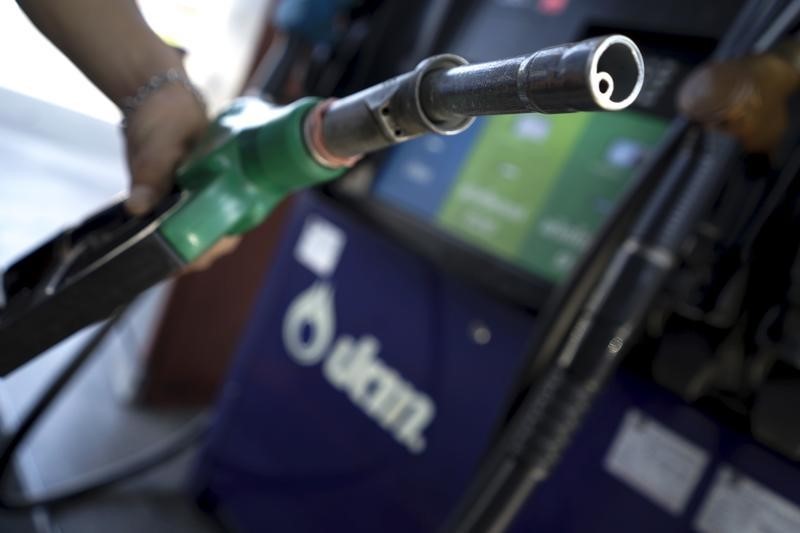By Barani Krishnan
Investing.com - Oil prices rose for the first time in three days but remained below $100 a barrel after U.S. government data showed the largest weekly fuel stockpiles build since January that suggested a slack in summer energy demand.
A more than 9% surge in U.S. consumer prices during the year to June — marking a new four-decade high in inflation — kept traders cautious as President Joe Biden vowed to continue releasing emergency oil reserves into the market and do everything within his power to lower fuel prices.
The pump price of gasoline has not come down accordingly with the recent drop in crude prices, Biden lamented in a White House statement.
A gallon of unleaded gasoline, the most in-demand fuel product at U.S. pumps, averaged $4.63 on Wednesday, about 8% lower than the record high of $5.01 a month ago. Crude prices, meanwhile, have dropped about 20% from their June peak of around $120 a barrel.
New York-traded West Texas Intermediate, or WTI, crude settled up 46 cents, or 0.5%, at $96.30 a barrel. The U.S. crude benchmark has lost nearly 10% over the previous two sessions.
London-traded Brent crude settled up 8 cents, or 0.1%, at $99.57 a barrel. The global crude benchmark lost more than 7% over two previous days of trade.
Both WTI and Brent have fallen more than 20% from their mid-June peaks of above $120 a barrel, technically slipping into bear markets.
This is despite the two benchmarks still carrying gains of about 27% on the year as a hangover of the post-Ukraine invasion rally in March that took WTI to around $130 and Brent to nearly $140.
July’s drop in oil prices, coming on the back of the strong dollar, is a sign the market may break new bearish ground as crude inventories rise as well, said analysts. The Dollar Index gave back some gains on Wednesday from this week's two-decade highs, helping ease some pressure on oil, although the relief was likely to be temporary, WTI's technical charts suggested.
The U.S. Energy Information Administration, or EIA, said in its Weekly Petroleum Status Report released Wednesday that crude inventories rose 3.254 million barrels during the week ended July 8. This was against the drop of 154,000 barrels forecast by analysts.
It was the second week in a row that crude inventories had shown a build, after the previous week’s rise of 8.235 million barrels.
The EIA also reported that the Biden administration released almost 7 million barrels from the U.S. Strategic Petroleum Reserve, or SPR, last week to add to a market perceived to be in short supply of crude. It is part of the one-million-barrels per day of SPR releases scheduled between May and October.
Stockpiles of gasoline, the main automobile fuel, rose by 5.825 million barrels last week, versus the forecast decline of 357,000 barrels and the previous week’s drop of 2.497 million.
Historical EIA data showed the last time gasoline inventories rose 5 million barrels or more in a week was six months ago, during the week ended Jan 15.
Stockpiles of distillates, the oil variant required for making the diesel needed for trucks, buses and trains, as well as the fuel for jets, grew by 2.668 million barrels last week, versus a forecast build of 1.591 million and a previous weekly decline of 1.266 million.
Historical EIA data showed the last time distillates inventories rose as much or more was six and a half months ago, during the final week of December.
Analysts expressed surprise with the large builds, which were atypical for summer.
“It is certainly one of the weakest summer demand periods for both crude and fuel products,” said John Kilduff, founding partner at New York energy hedge fund Again Capital.
